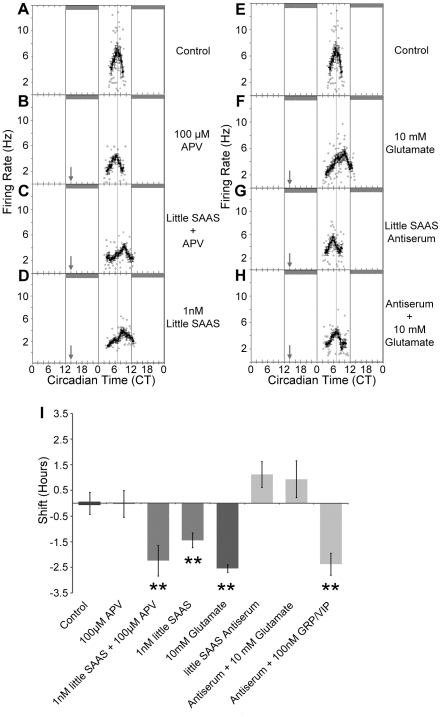Figure 5. Little SAAS acts downstream of NMDAR and parallel to VIP/GRP signaling during early night.
(A, I) SCN in a coronal brain slice displays characteristic mid-subjective daytime peak at CT 7 in spontaneous rhythm of neuronal firing rate. (B, I) The competitive NMDAR antagonist, APV (100 µM), does not alter phase. (C, I) Application of little SAAS following pre-treatment with APV results in phase delay. (D, I) Application of little SAAS alone causes a similar phase delay. (E, I) Firing rate rhythm in control SCN slice with peak at CT 7. (F, I) Application of glutamate (10 mM, 1µL drop) at CT 14 causes phase delay. (G, I) Application of little SAAS antiserum (#2768,undiluted) does not significantly alter SCN phasing. (H, I) Little SAAS antiserum blocks the phase delay induced by glutamate. (I) Mean data demonstrate that whereas the NMDAR antagonist, APV, does not block little SAAS action, little SAAS antiserum blocks the phase delaying effect of glutamate, but does not affect not the phase delay stimulated by the GRP/VIP cocktail. n≥3 for all groups; **, p≤0.001 vs. control, one-way ANOVA with Bonferroni post-hoc test.

